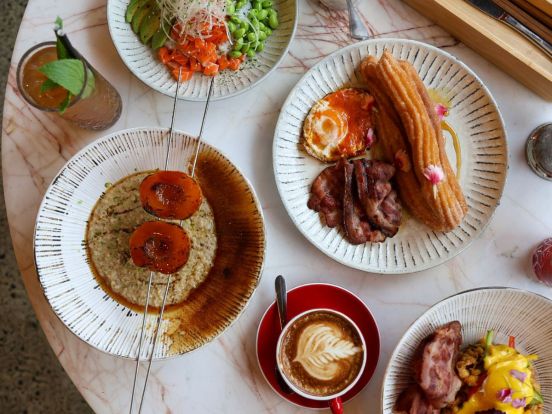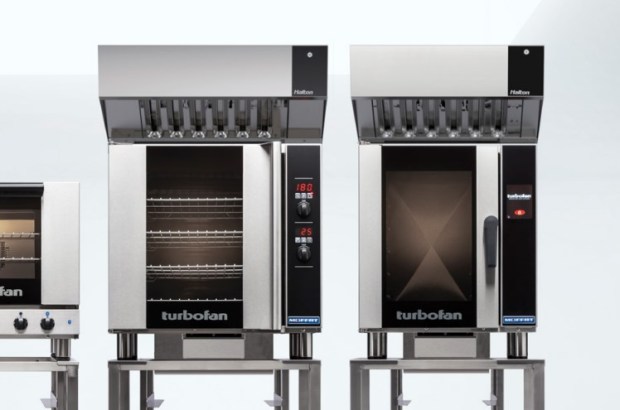Do you really know who your customers are, what they’re looking for and how best to create a rapport with them when they walk in the door of your café or restaurant?
Well, read on as we give you the five golden rules for engaging with your customers.
Customer Insights
While online menus are essential, most of your diners’ decisions about what dishes they will ultimately choose are usually made after they arrive. Many of them will also change their minds before finally settling on a preferred dish.
For those who are waiting in line to order, it’s important to have eye-catching food on display or enticing high quality promotional materials that can assist with that all important decision-making. Most people have, on average, an attention span of 42 seconds while waiting in line. And, most customers who are in a queue are twice as likely to buy an item if they are exposed to more than three different items of advertising.
Now, with your customer seated or lining up ready to buy, how do you maximise the communications flow to ensure the experience is a positive one.
#1 Read your customer’s body language
Is the customer open to suggestions or shying away from them?
For example, if a customer is exuding comfortable and open body language, then they will be more willing and open to being approached with menu suggestions and add-ons. For the quiet personality type, give them more space and time to look over a menu and ask questions when they are ready.
By better understanding body language, you can make sure that any interaction is a positive one, as opposed to intrusive.
# 2 Know your Menu Well
By being able to explain the menu in detail, customers will have a much clearer idea of what they are buying and could even be swayed to purchase that slightly dearer dish or meal deal.
# 3 Do your Customers a Flavour
Trust between a customer and wait staff is one of the most important parts of eating out.
Whether recommending an alternative dish or providing a list of specials, making sure that you are meeting the customer’s needs is a top priority. Ultimately, it creates a stronger sense of trust and reassurance. It also helps demonstrate that you’re not just focused on their money, instead it’s all about helping them to get the most out of their dining experience. Customers are more likely to keep coming back and will also be more open to considering other menu suggestions, if they enjoy visiting your venue and know that you are there to help.
#4 Anticipate objections
Customers won’t always be receptive and open to your suggestions.
Be ready to field any questions or objections and have a list of alternative options available to recommend. Base your interaction around what a customer wants and be prepared to ask the chef if a menu option can be adjusted to better accommodate a diner’s dietary or other needs.
# 5 Post-purchase reassurance
The time period after ordering will often see customers questioning whether the dish they chose was the right decision to make.
Reinforce in words immediately upon ordering and when the dish is delivered that the right decision was made. For example: ‘Great choice’, ‘Here’s the delicious roast pork belly that you ordered.” Be ready to take feedback on the dining experience and tell the customer that you will let the chef know.
When it comes to a great customer service and upselling, it’s essentially about creating a great rapport with people.
These five golden rules will help you on your way to growing sales and cultivating lasting and positive relationships with customers.
This article by Hospitality Business is sponsored by MAGGI Professional. Built on a belief that everyone, everywhere has a right to food that tastes good and does good, the MAGGI Professional range includes authentic, locally-made products ‘Proudly New Zealand Made’ that are big on flavour and versatility. Discover more at nestleprofessional.co.nz








